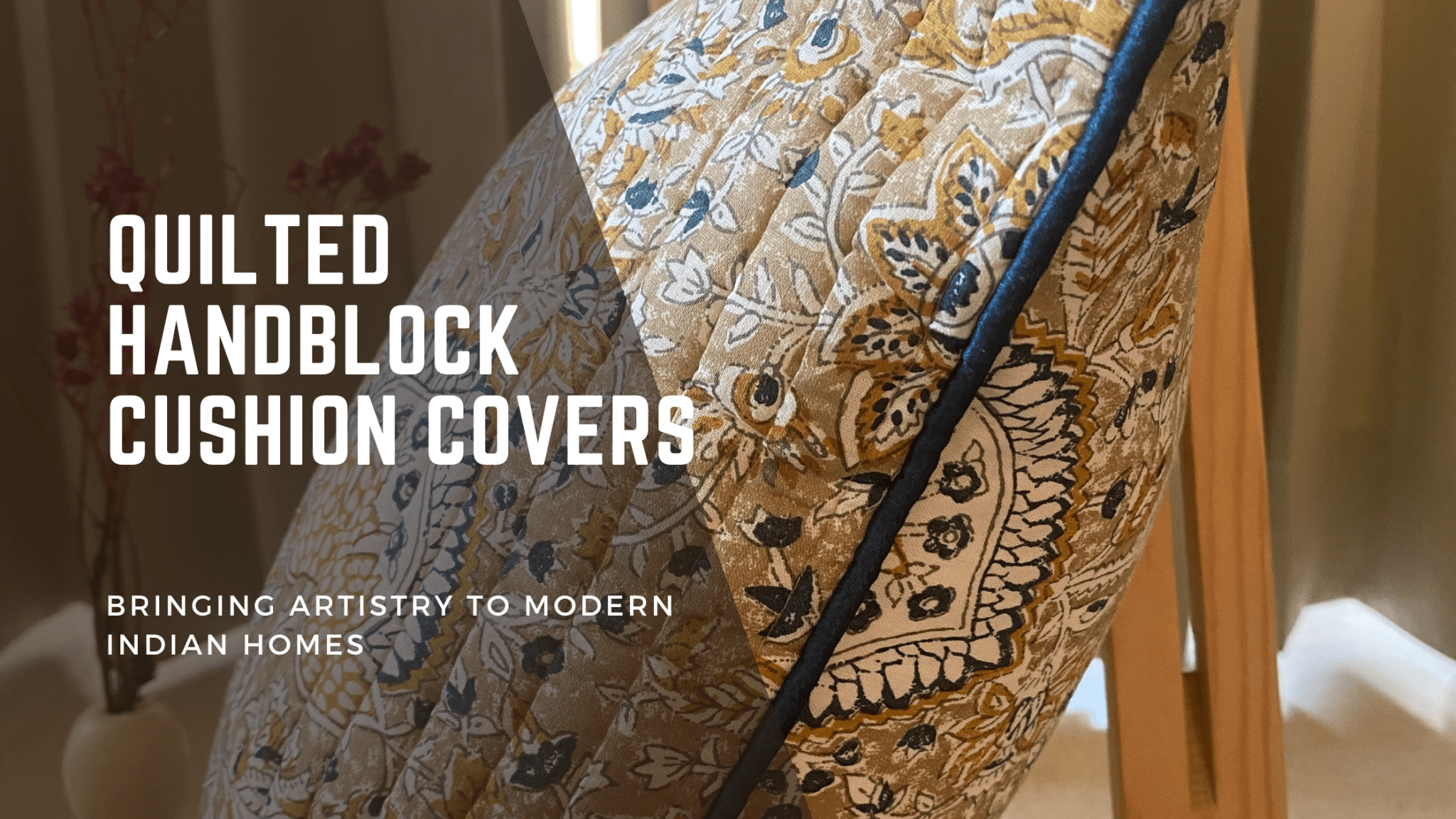Learn about chikankari - a centuries-old Indian embroidery technique that transforms home decor with its timeless elegance
What is Chikankari? A Journey Through Textile Artistry

Chikankari is a mesmerizing hand embroidery technique that originated in Lucknow, India, representing the pinnacle of textile craftsmanship. The term "chikankari" derives from the Persian word "chakeen," meaning "delicate patterns," and embodies an art form that has gracefully transitioned from royal Mughal garments to contemporary home furnishings.
The Historical Tapestry of Chikankari Embroidery

The origins of chikankari can be traced back to the Mughal era, with Empress Nur Jahan often credited for introducing this exquisite embroidery style. What began as an embellishment for luxurious muslin fabrics quickly became a symbol of artistic sophistication and cultural expression. Throughout the 18th and 19th centuries, chikankari artisans meticulously developed and preserved intricate stitching techniques that would define this unique textile art.
Chikankari: More Than Just an Embroidery Technique

Chikankari represents far more than a decorative method. It is a powerful narrative of cultural heritage, female empowerment, and artistic expression. The technique involves an impressive repertoire of over 30 unique embroidery stitches, each telling a story of skill, patience, and traditional craftsmanship.
Transformative Applications of Chikankari in Home Decor
Elevating Living Spaces with Chikankari Cushion Covers
Imagine transforming your living room with chikankari cushion covers that feature delicate floral motifs and intricate geometric designs. These pieces bring an unparalleled elegance to sofas and chairs, creating a refined atmosphere that speaks of cultural depth and artistic sophistication.
Luxurious Bedding Transformed by Chikankari
Chikankari bed linens offer more than just comfort. These breathable fabrics adorned with intricate embroidered patterns elevate your bedroom, turning it into a sanctuary of cultural beauty and refined design.
Chikankari Curtains: Ethereal Window Treatments
Window treatments crafted with chikankari embroidery create magical lighting experiences. Translucent fabrics like organza and cotton voile filter natural light, casting intricate shadow patterns that dance across your rooms and create an atmosphere of sublime elegance.
Dining Elegance through Chikankari Table Linens
Chikankari table linens bridge formal and casual dining experiences. Soft pastel and neutral tones showcase hand-stitched details that transform even the simplest table setting into a work of art.
Artistic Wall Expressions with Chikankari
Large chikankari embroidered panels serve as stunning wall art, seamlessly blending traditional craftsmanship with contemporary interior design. These pieces transform blank walls into narratives of cultural heritage and artistic expression.
Sustainability and Ethical Craftsmanship in Chikankari

Choosing chikankari textiles is a statement of support for local artisan communities. It represents a commitment to sustainable practices, preserving traditional textile-making techniques while supporting ethical production methods. Each chikankari piece tells a story of skill, patience, and cultural preservation.
Conclusion
From the royal courts of the Mughal era to modern living spaces, chikankari embroidery represents a remarkable journey of artistic expression. By embracing these textiles, you're not simply decorating—you're preserving a rich cultural narrative and supporting a living artistic tradition.
Frequently Asked Questions About Chikankari
Q: How can I incorporate chikankari textiles into my home?
Begin with accent pieces like chikankari cushion covers, throw blankets, or wall hangings to introduce this elegant textile art into your living spaces.
Q: Are chikankari textiles expensive?
Pricing varies based on intricacy and craftsmanship, with chikankari options available at different price points to suit various budgets.
Q: How should I care for chikankari textiles?
Gentle hand washing or professional dry cleaning is recommended to preserve the intricate chikankari embroidery and maintain its beauty.








